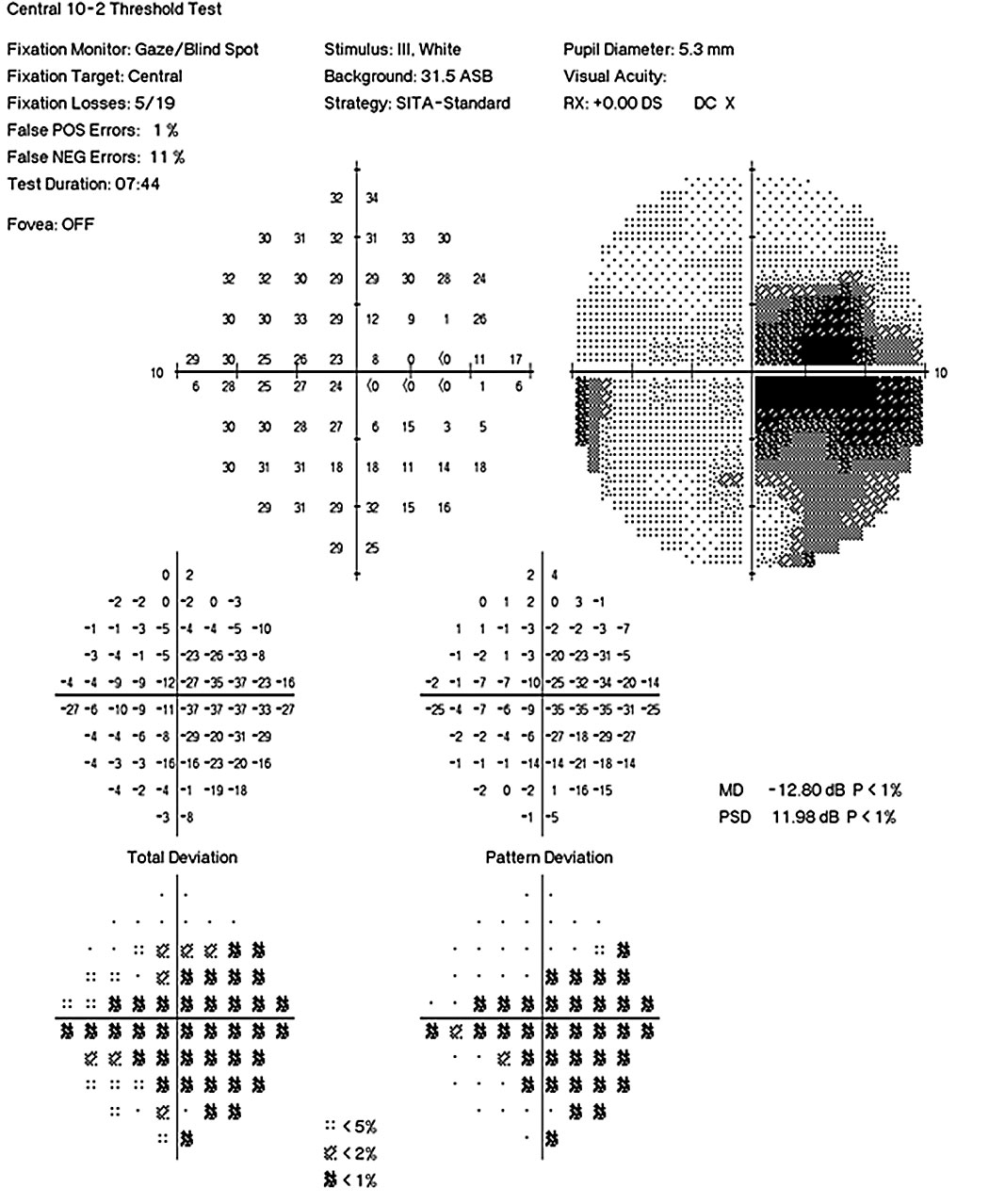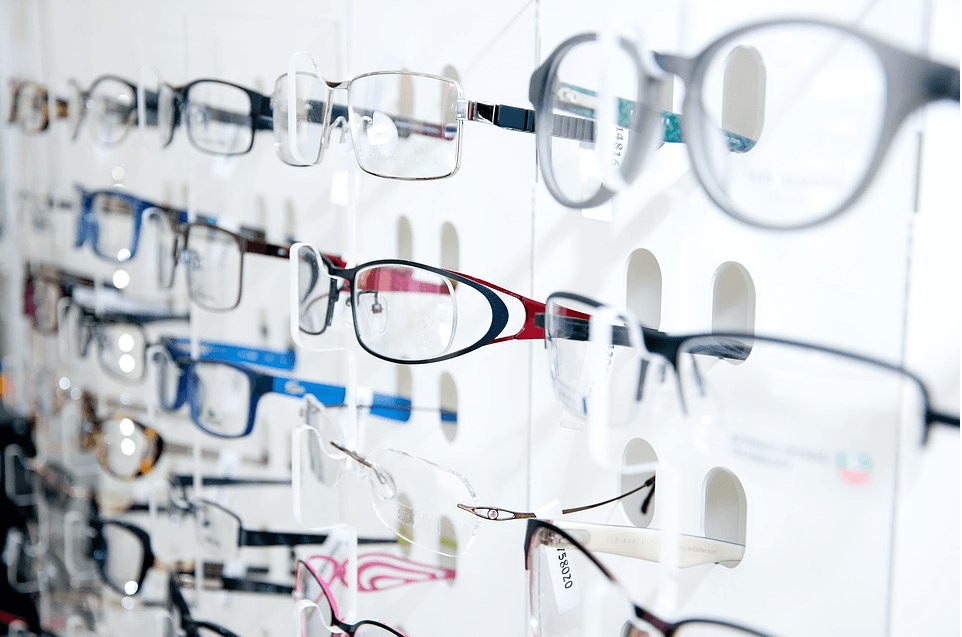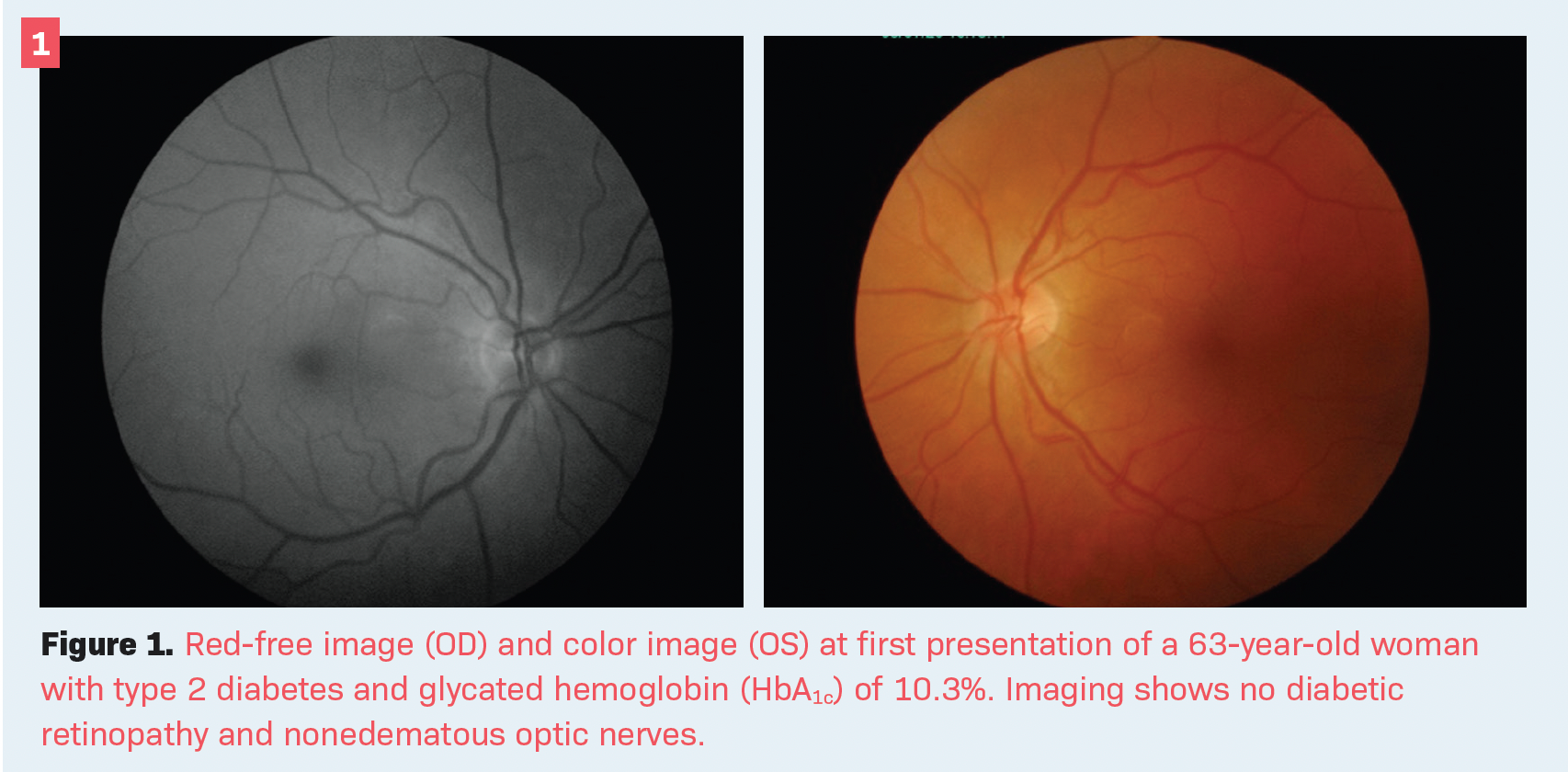
Glasses prescriptions are written in many different ways. If you have a number in this box it means that you need two types of glasses for distance and reading. As we age, typically around 45 years old, our eyes lose the ability to focus at a reading distance and this number is the amount of correction required to see close up. This number relates to prescriptions which require a reading addition, hence the name ‘add’. This relates to the prism and the position of the lens. Most prescriptions will not have this number. This prism correction will prevent double vision and correct the imbalance. This means that there is a muscle imbalance between your eyes and that they do not work well together as a pair. This number relates to the astigmatism and how much correction is needed in degrees to correct it and will be a number between 1 - 180. This box may be blank on your prescription which means that you have perfectly round shaped eyes. The higher the number, the more irregular the shape of your eye. An atrial septal defect (ASD) is an opening in the interatrial septum, causing a left-to-right shunt and volume overload of the right atrium and right. This refers to a condition called an ‘astigmatism’ and is caused by an irregular, or rugby ball shaped cornea. The number refers to the power of the lens and the higher the number, the stronger the prescription lens is. This indicates if you are long sighted (+) and can see things far away, or short sighted (-) and can see things close up. This box will have a ‘+’ or ‘– ‘symbol before the number. Here are the explanations of the different words and numbers: This image shows the various elements written on an eye prescription and what they mean:īoth of these are the same but are written in 2 different ways:
#OS OD WHICH IS RIGHT AND LEFT SERIES#
The basics of an eye prescription are a series of numbers for your right eye (R), and your left eye (L). You may find boxes on our website that you don’t have on your prescription available but simply ignore them and select not required. Understanding what the numbers mean can help you to input the information correctly, select your lens type and consider the most suitable options.Įntering the information is very easy and is simply a matter of copying the numbers from your prescription into the appropriate boxes. To most people, a prescription is just a series of numbers. You are entitled to a copy of it once you've had your test and should be given a copy without having to ask nor should the optician imply that you have to buy your glasses from them. If you need a bifocal or progressive lens, there will be an ADD.You've been to the optician, had your eyes tested and have the prescription in your hand. Monocular PD for your left eye (OS) and right eye (OD) which is used for single vision glasses. It’s used to correct presbyopia which is the inability to focus on close objects.

ADD is added magnifying power in the lower part of a multi-focal lens.AXIS describes the degree and direction of your astigmatism.

It also tells the lens strength needed to fix it.

Then along the top, you may see this lingo. stands for oculus sinister, meaning left eye. stands for oculus dexter, meaning right eye. Usually you’ll see these abbreviations along the left side: YOUR EYEGLASS PRESCRIPTION DECODED Your eyeglass prescription is typically written in a grid like the one below, using a combination of terms, abbreviations, and numbers.


 0 kommentar(er)
0 kommentar(er)
